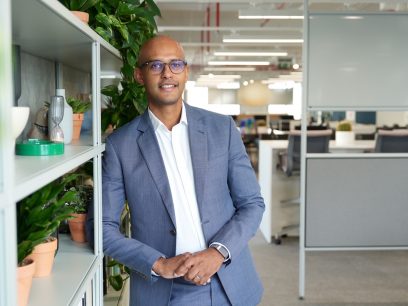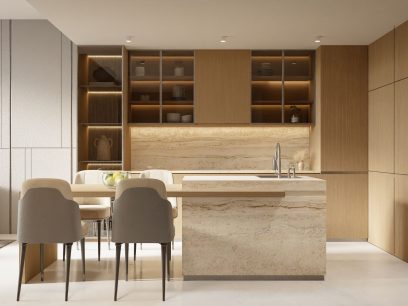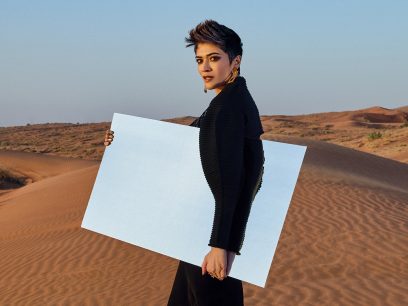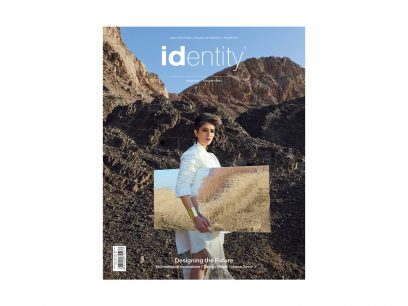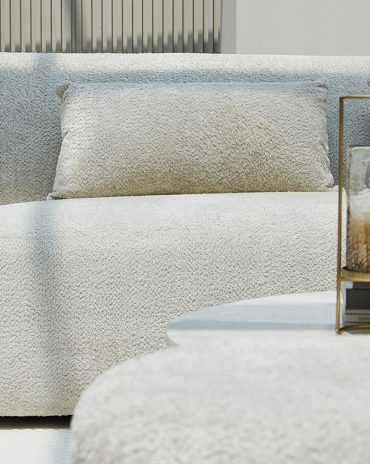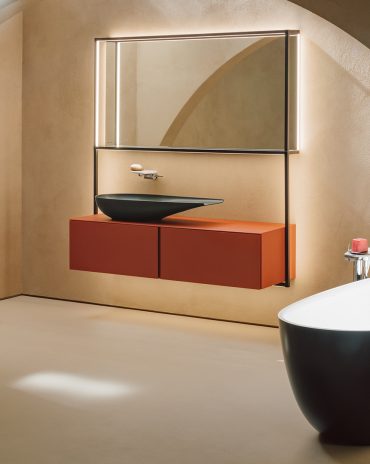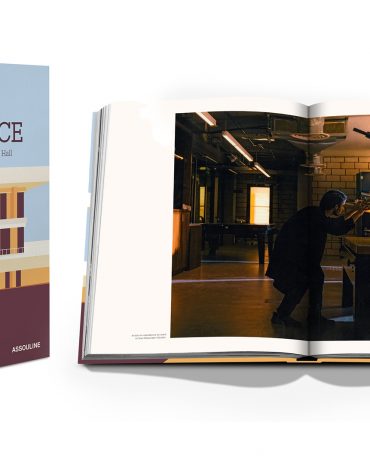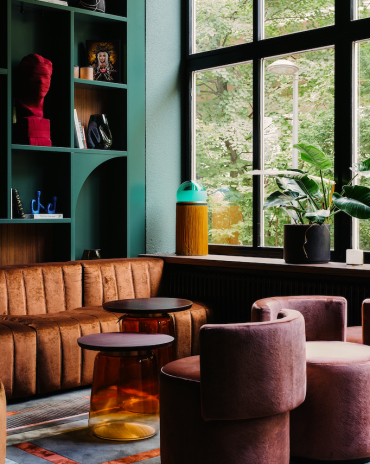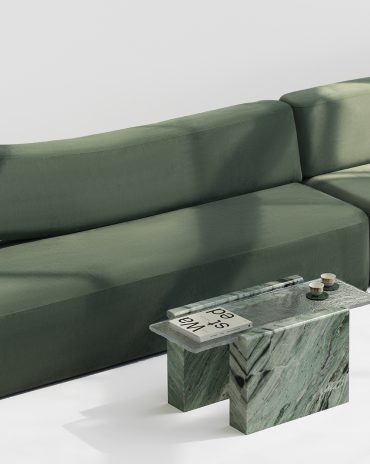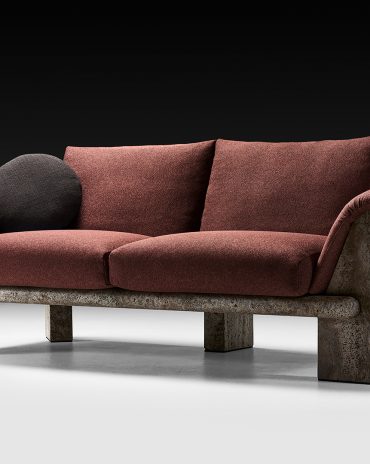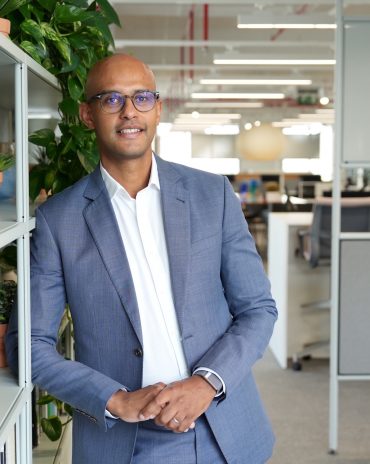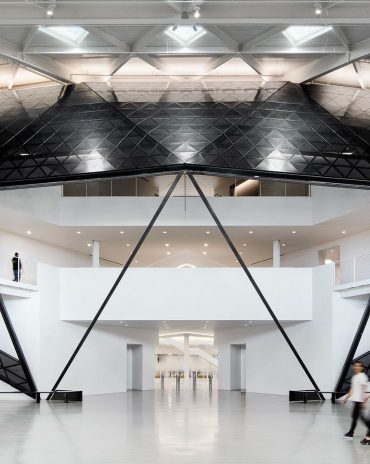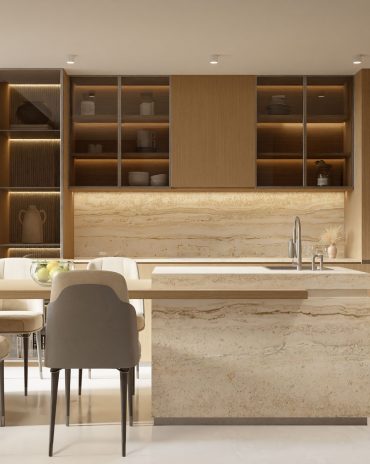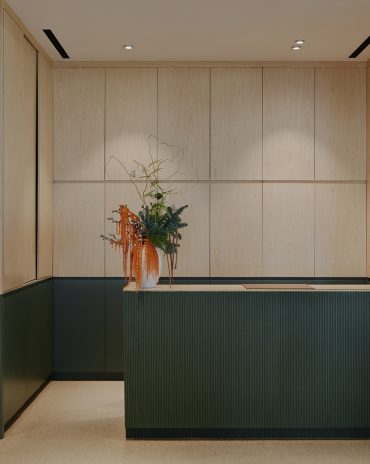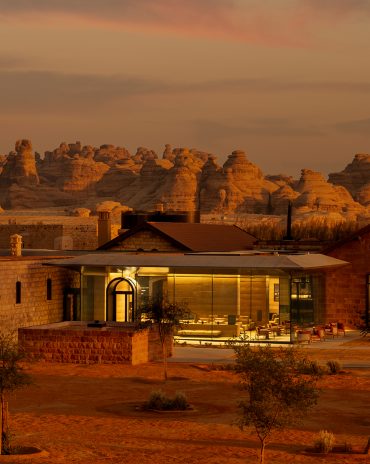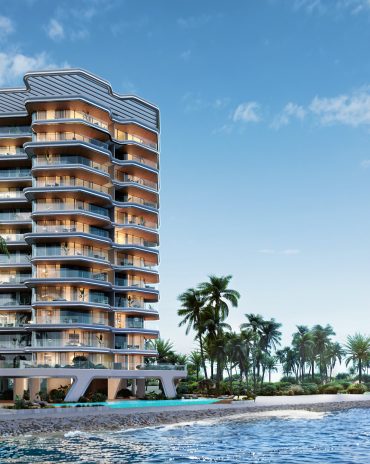Copyright © 2025 Motivate Media Group. All rights reserved.
PAD London spotlights emerging designers who are working with alternative materials
The collectible art and design fair returns to London's Berkley Square until October 17
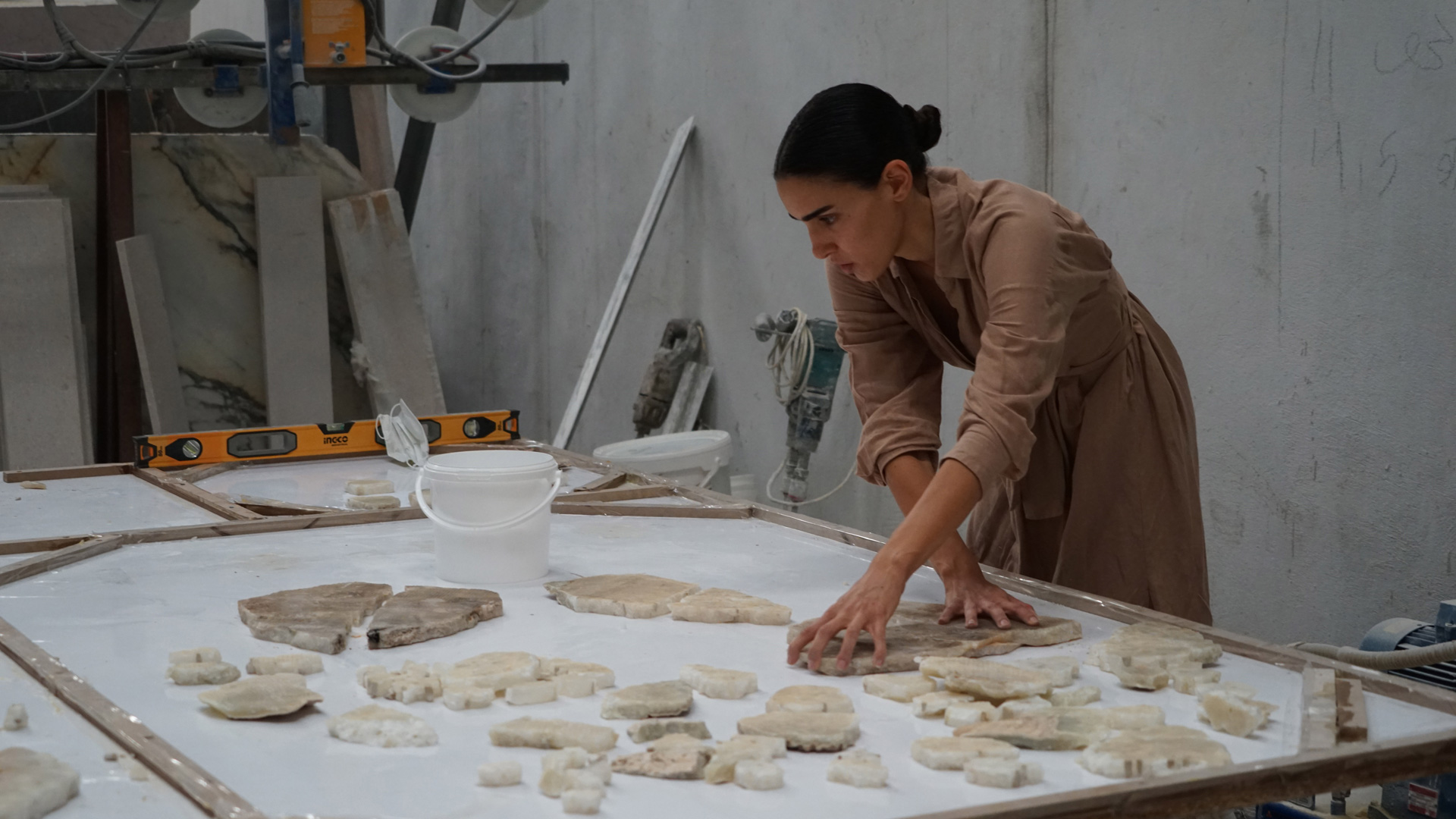
For Julien Vermeulen, working with feathers requires patience, concentration and a steady hand. “Each feather is different, in its shape, its curve, its reflection,” he tells identity. The artist is working to revive France’s dying feather work tradition, a highly specialised craft used in haute couture and millinery.
His latest creation will appear at the upcoming edition of PAD London, the collectible design fair in the capital’s Berkeley Square. Presented by Maison Parisienne, the piece is a dense and monochromatic arrangement of black feathers. Vermeulen’s chemical treatment and dying techniques give these feathers an unexpected razor-like aspect. Though each feather is unique, they appear almost identical, reflective of light and shadow, thus giving the work a futuristic feel.
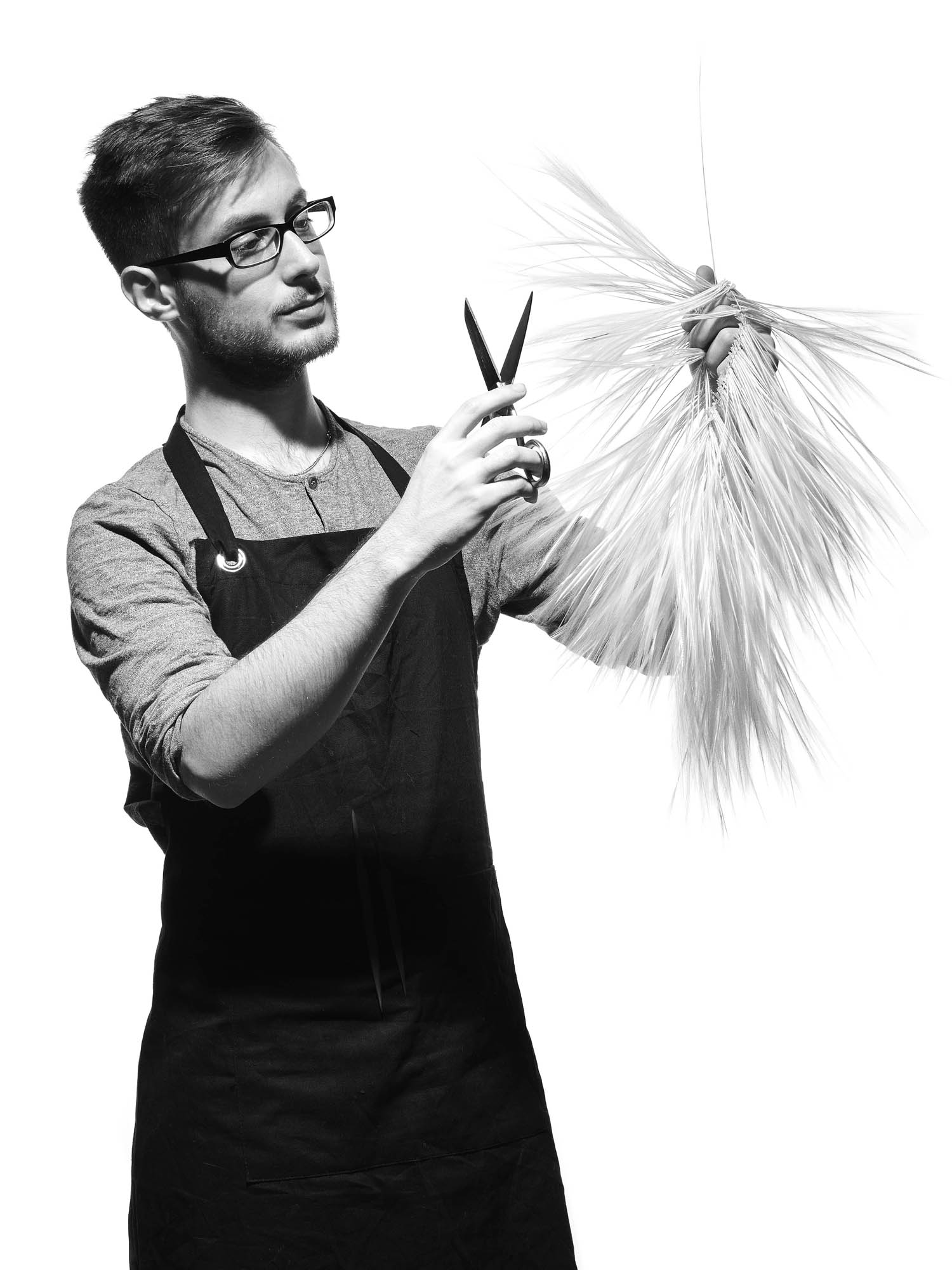
And while rare birds were once coveted for their feathers, Vermeulen is working on more sustainable forms of the craft. “We use feathers coming from food production that are usually destroyed, and we recycle them,” he explains. The artist has also been developing a short feather recycling circuit in France.
Vermeulen is one of the many young artists and designers at PAD seeking to redefine design through sustainability, craftsmanship and storytelling. PAD’s founder and CEO Patrick Perrin describes this trend as “a desire to inspire the most spectacular interiors by sparking a conversation between past and present; and, most of all, a commitment to break down barriers between the disciplines of art, design and jewellery in order to foster creativity.”
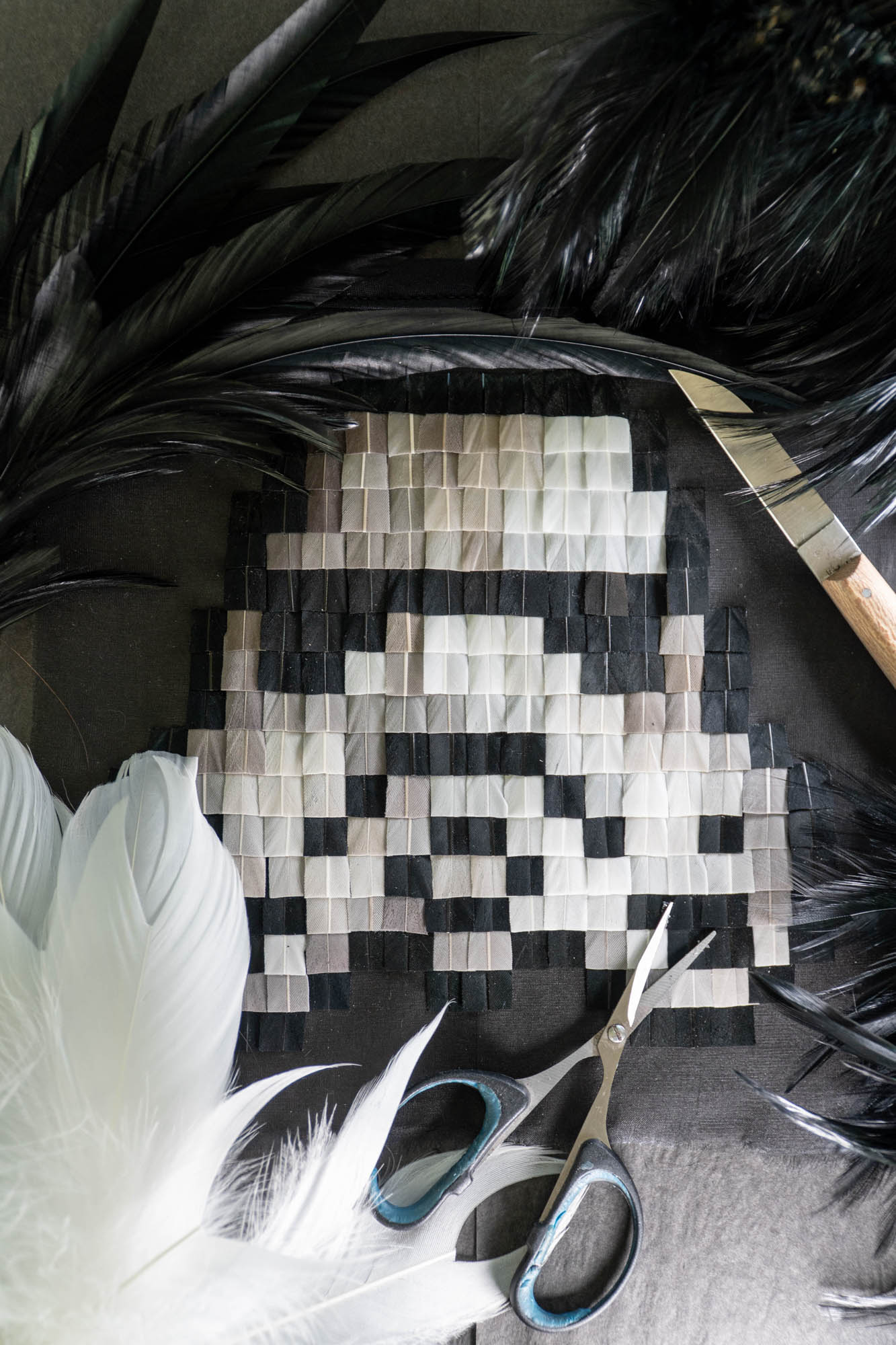
Elsewhere, the Mexican designer Fernando Laposse is known for working with overlooked natural fibres and collaborating with indigenous communities. For PAD London, he will present his Sisal Pup (2021), a stool made of pruned fibres from agave plants known as sisal. For this, the artist spent over seven years working with the indigenous community of Tehuixtla in southern Mexico, whose land was impacted by desertification. To help regenerate the area, Laposse and local families from the community planted over 80,000 agave trees, using pre-colonial terracing methods that help retain water.
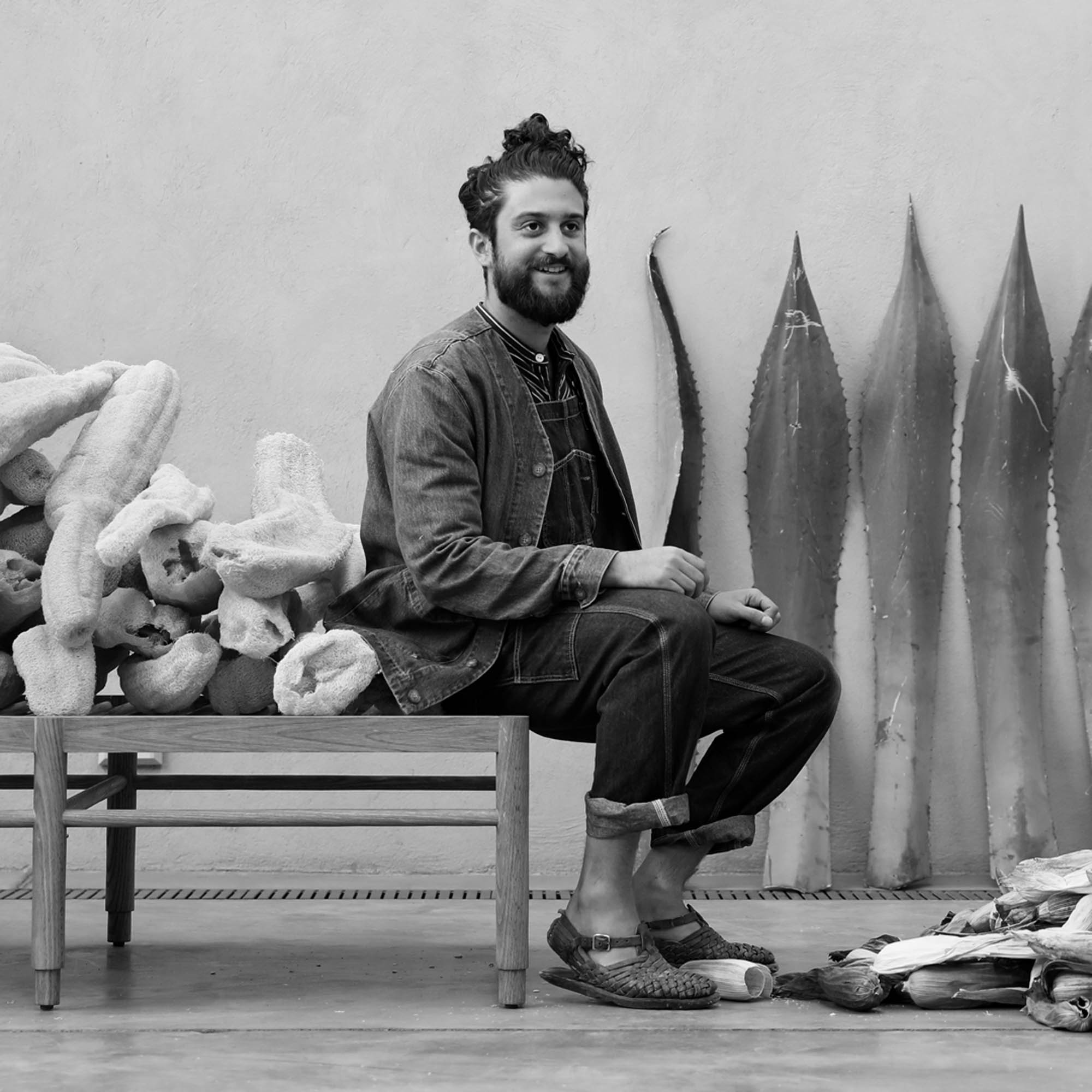
Laposse measures the success of the project by the return to the area of bats, who are the main pollinators for agave. “This project goes beyond sustainability, it’s about land regeneration and social reparation to one of the most vulnerable groups: indigenous people,” he says, “Design thinking can create new crafts that represent local economies, which promotes a vision of holistic care for both men and nature.”
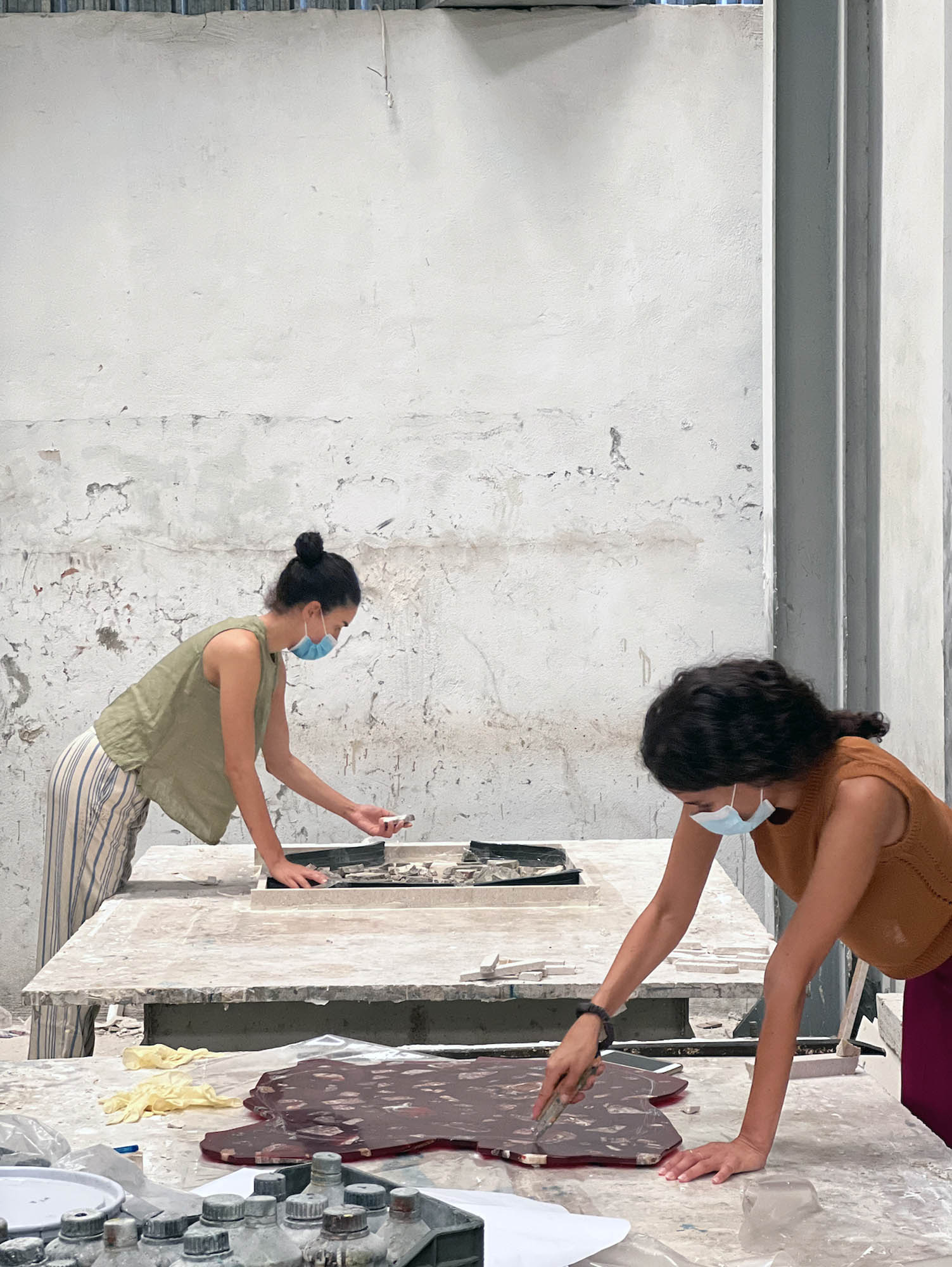
Others view collectible design as a medium to recycle industrial waste, as well as supporting communities. The Lebanese-Polish design duo Tessa and Tara Sakhi has produced a series of unique and hand-crafted coffee tables, made from discarded waste material and stone off cuts. A new table from the collection will be unveiled at PAD London with Galerie Gosserez.
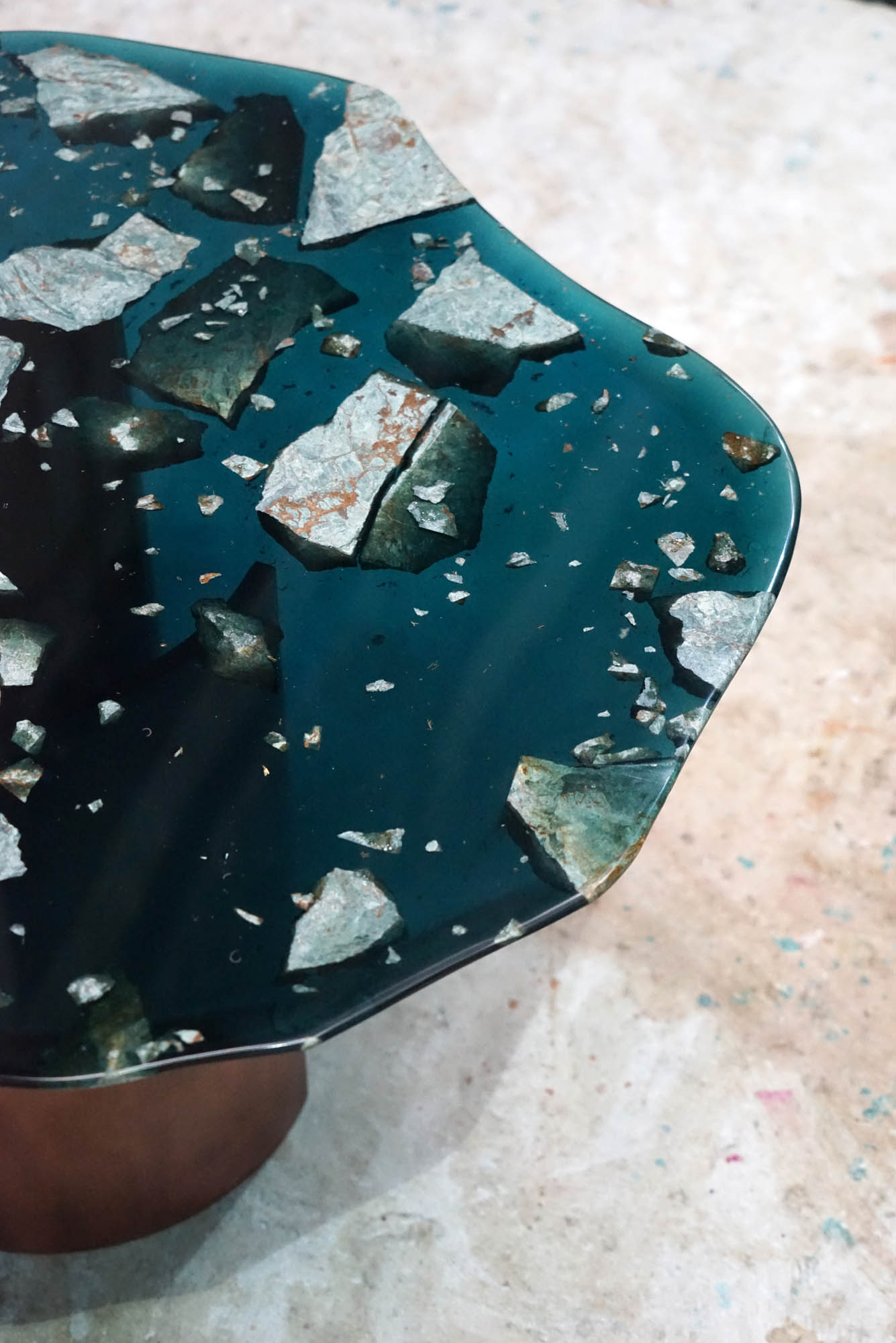
For this, the artists turned to their native Beirut, whose once-thriving crafts industry is on the verge of collapse due to an economic crisis. The tables were produced there, using materials from local factories and in collaboration with craftsmen including furniture producer The PieceMakers and marble processing studio Marm Group.
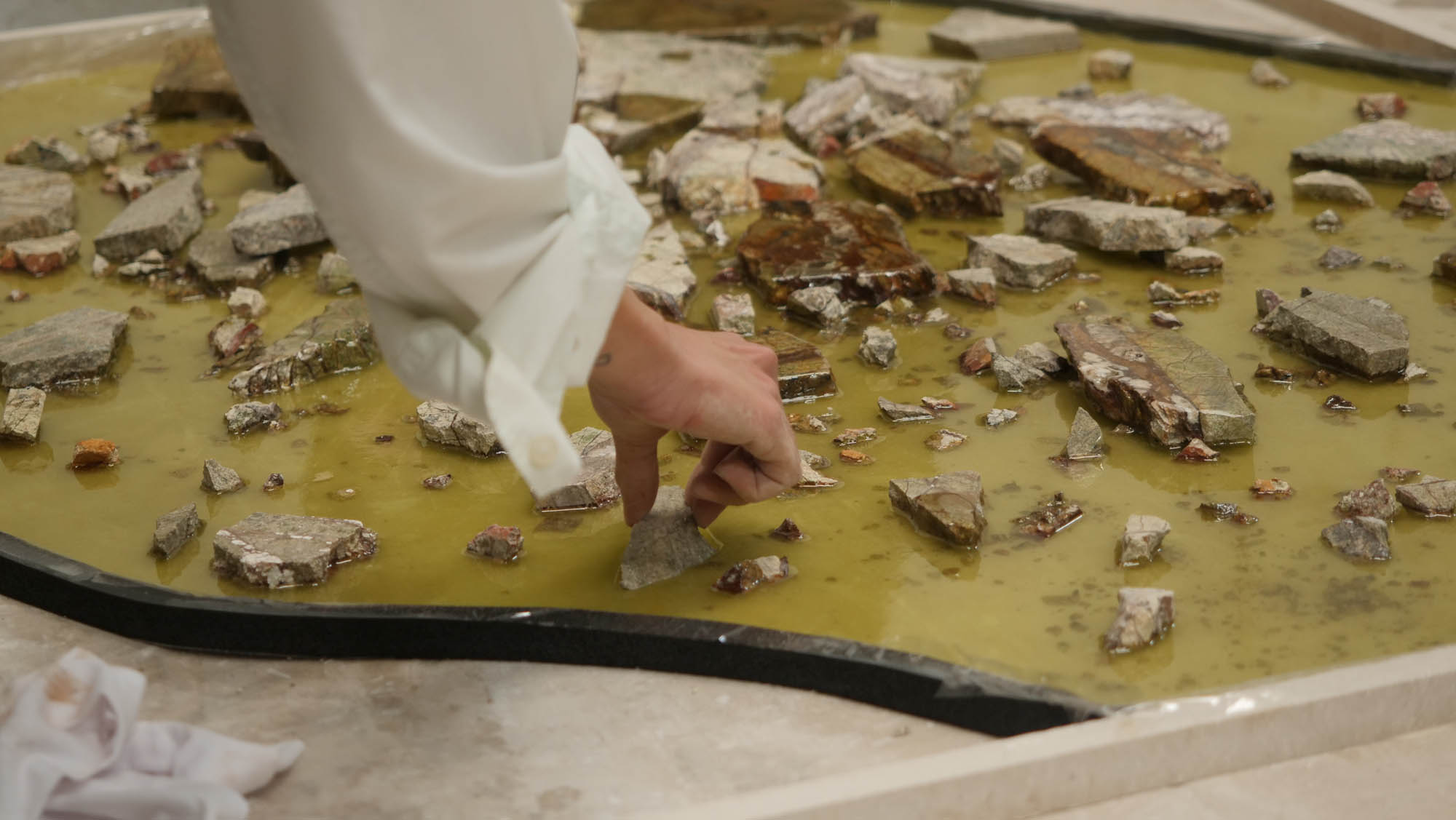
“We often experiment with raw materials and try to decompose them by testing their strength and limits,” the designers said of the collection, entitled Reconciled Fragments. “This process makes our designs evolve spontaneously during execution, while embracing surprises and accidents along the way. The techniques aspire [to be] a creation associated with chaos and form, randomness and precision, spirit and matter and finally, natural vs man-made interventions.”
For many emerging practitioners at the fair, design also serves as a mode of storytelling. Finnish textile artist Kustaa Saksi will present Hiisi (2022), the latest piece in his collection of wooden cabinets that bring together Finnish folklore, traditional weaving techniques and a paper yarn.
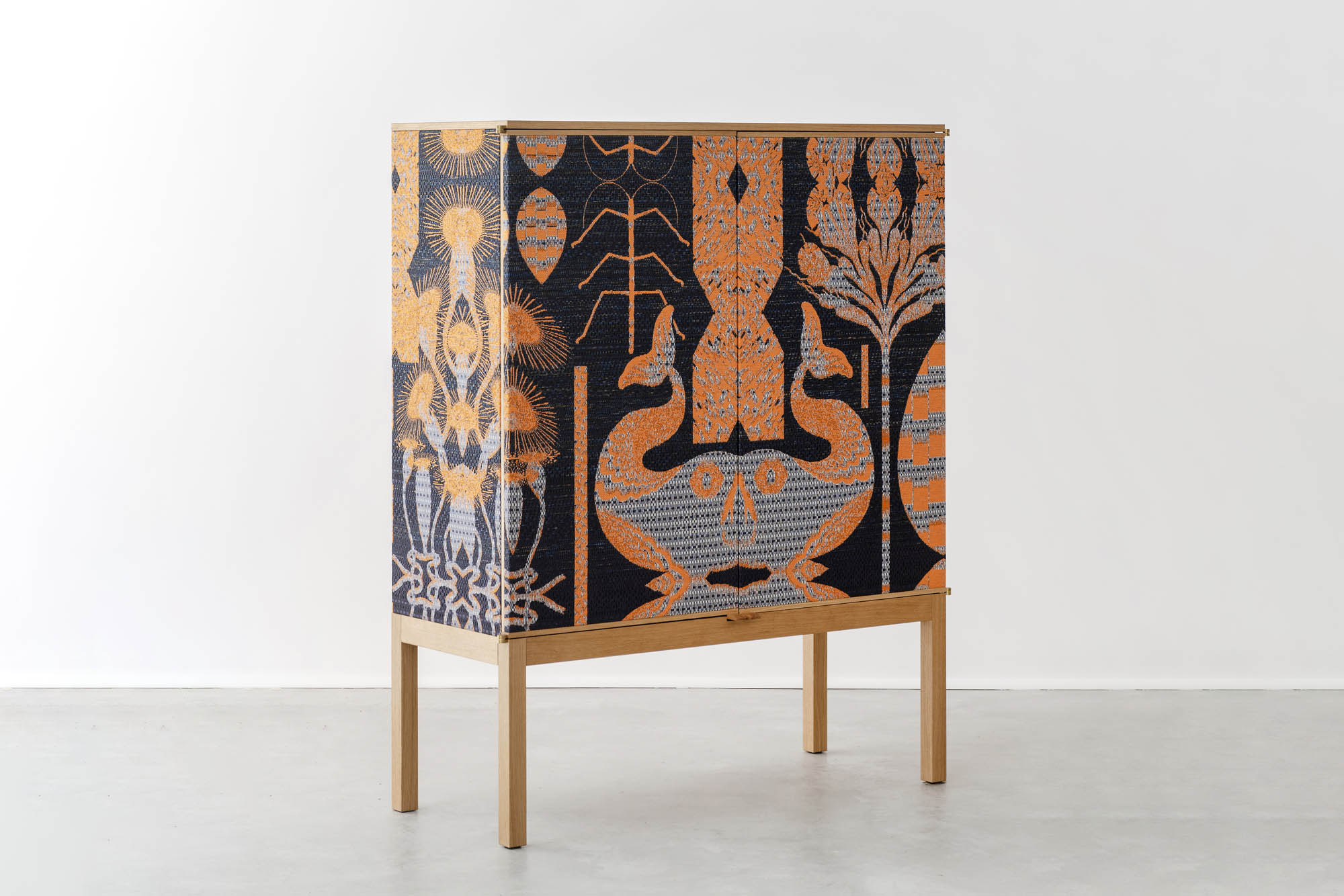
For this, oak cabinets in an elegant and simple Nordic style are covered in a tapestry woven out of Japanese paper. Saksi developed this weaving material at the TextielMuseum in the Netherlands. “I’m working with wood and paper, so everything is wood-based,” he explained. The cabinets are produced by Nikari, a Finnish woodwork studio that combines modern design with Finnish craftsmanship.
Saksi imagines these cabinets as portals to a mythological realm, referring to them as wunderkammers, or cabinets of curiosities. His first cabinet from this series, Iku Turso (2021), features a black, orange and blue tapestry evoking Finnish water demons. Meanwhile, hiisi has a dual meaning in Finnish mythology, referring to either a sacred place, or the magical characters – such as trolls and goblins – that dwell there. “They are demonic trickster-like entities,” he said, adding, “Odd rock formations or other features of the landscape were created by the actions of these creatures.”
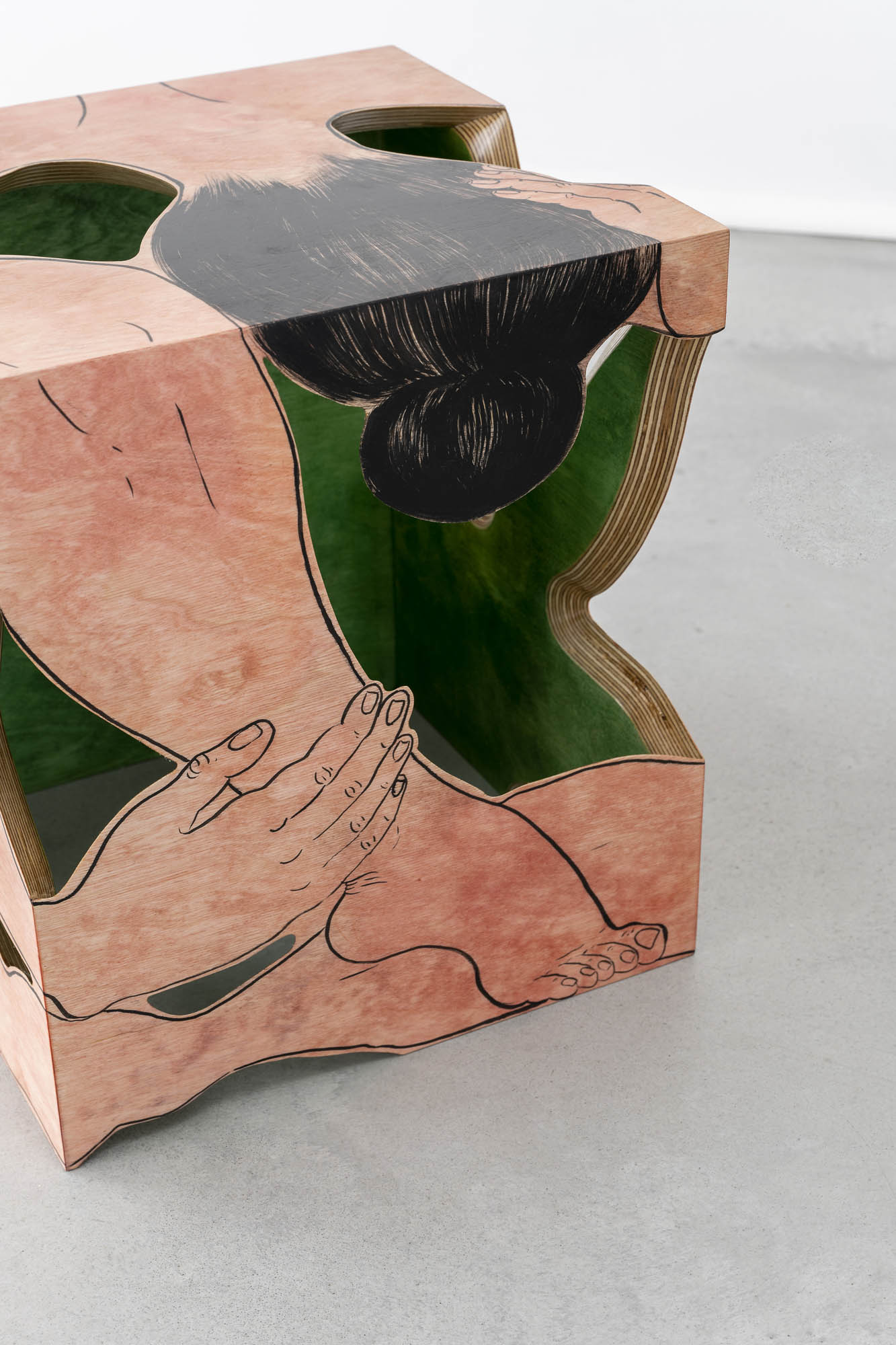
Spanish artist Saelia Aparicio works at the intersection of design and contemporary art. Her handmade works draw on a range of materials, from terracotta to glass and ceramics. Through this, she addresses socio-political issues such as the climate crisis, housing inequalities and debates around gender.
Works from her latest exhibition, sentient space, at London’s FUMI gallery, will be presented at PAD London. The collection of household objects is often derived from sculptural renditions of the human body. Through these unexpected stories unfolds a ceramic lampshade that appears as a bob of hair, while a cubic stool features the limbs of a cross-legged figure warming their hands against a bonfire.
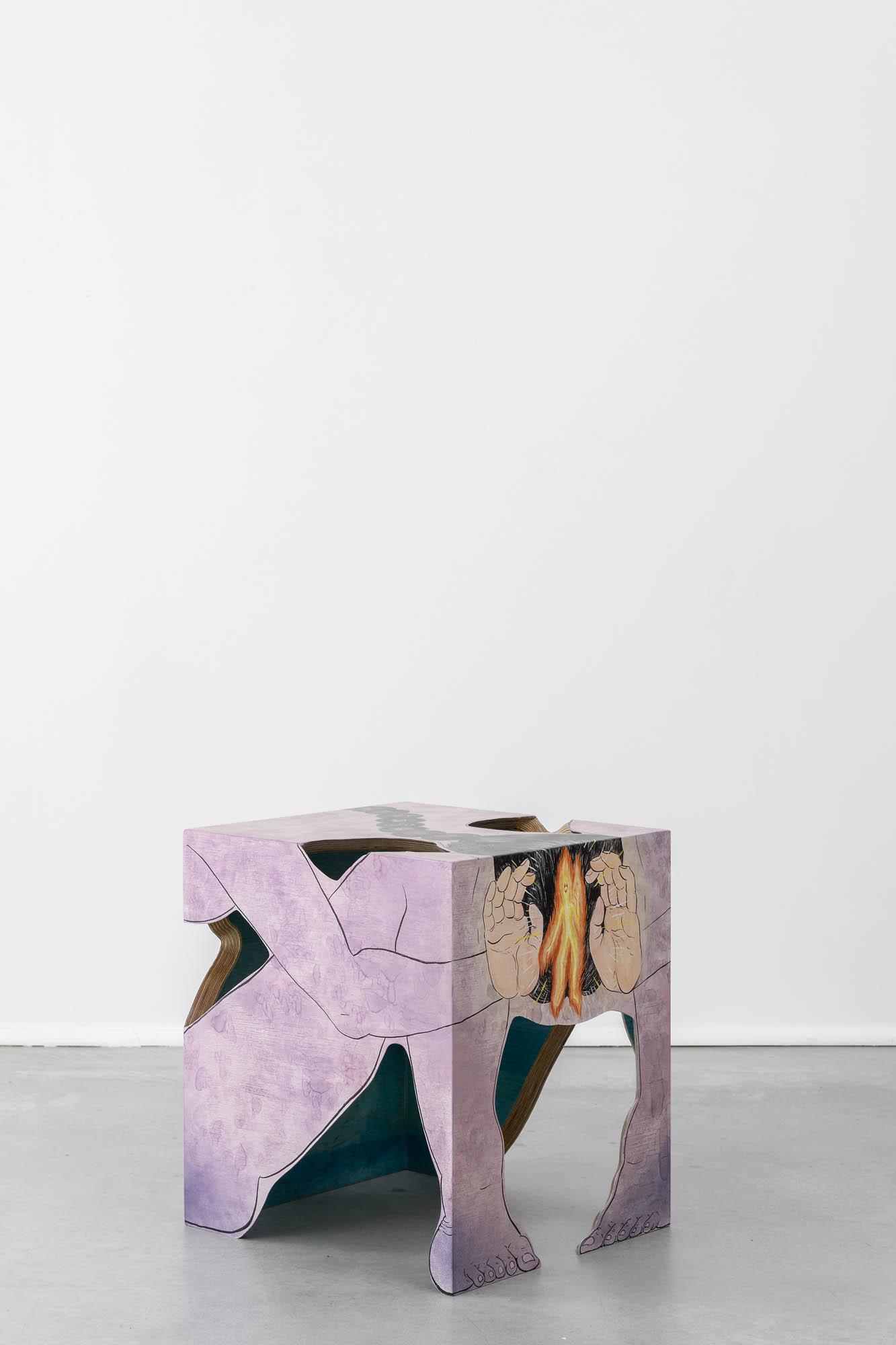
For Paris-based designer Léa Mestres, design and making are so intertwined that her work comes close to sculpture. “You cannot have design without sculpture,” she says. “I have a feeling of freedom when I sculpt a bigger piece. Sculpture teaches you to look differently at furniture.” Her work adopts a free-flowing approach, with designs evolving through the making process.

At PAD, Mestres will present a new armchair from her Bubble Series with the gallery Scène Ouverte. Made of lacquered resin, this large chair with a hard surface appears like an inflatable, bouncy object. This contrast, alongside the object’s cartoonish appearance, marks the humour in Mestres’ work.
Yet for Mestres, sustainability in design is a double-edged sword. “It’s complicated,” she said. “As designers we are always producing, innately creating waste. The pieces travel all around the world. To be sustainable, we should create pieces which will last a lifetime because of their quality and beauty; [going] beyond just being fancy and in style at that particular time.”
The Latest
Textures That Transform
Aura Living’s AW24 collection showcases the elegance of contrast and harmony
Form Meets Function
Laufen prioritises design, functionality and sustainability in its latest collections
Preserving Culture, Inspiring Creativity
Discover the Legacy of a Saudi Art Space: Prince Faisal bin Fahd Arts Hall explores the Hall’s enduring influence on the cultural fabric of Saudi Arabia
Channelling the Dada Spirit
Free-spirited and creative, The Home Hotel in Zurich injects a sense of whimsy into a former paper factory
id Most Wanted- January 2025
Falaj Collection by Aljoud Lootah Design
Things to Covet in January
identity selects warm-toned furniture pieces and objets that align with Pantone’s colour of the year
Shaping the Future of Workspaces by MillerKnoll
Stacy Stewart, Regional Director Middle East & Africa of MillerKnoll discusses the future and evolution of design in workspaces with identity.
Shaping Urban Transformation
Gensler’s Design Forecast Report 2025 identifies the top global design trends that will impact the real estate and built environment this year
Unveiling Attainable Luxury
Kamdar Developments has launched 105 Residences, a new high-end development in Jumeirah Village Circle.
The Muse
Located in the heart of Jumeirah Garden City, formerly known as ‘New Satwa’, The Muse adds to the urban fabric of the area
Cultural Immersion Meets Refined Luxury
The Chedi Hegra opens its doors in AlUla’s UNESCO World Heritage Site
Redefining Coastal Luxury
Sunshine Bay on Al Marjan island combines seaside views, exceptional design, and world-class amenities to create a unique waterfront haven

